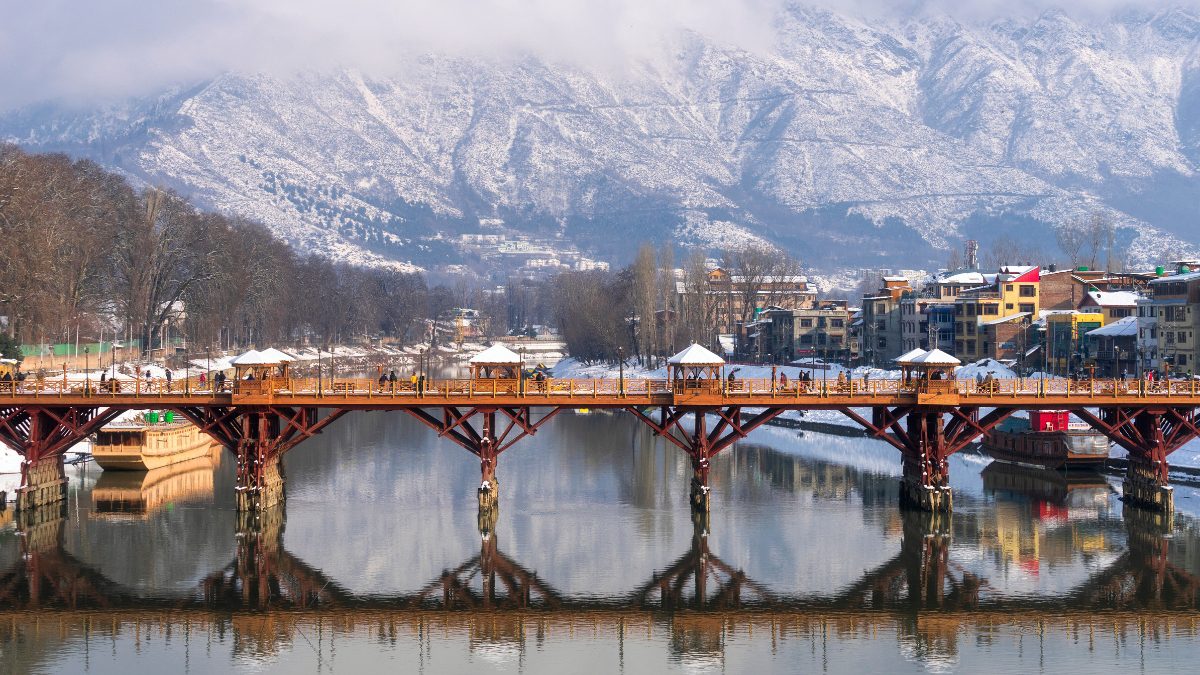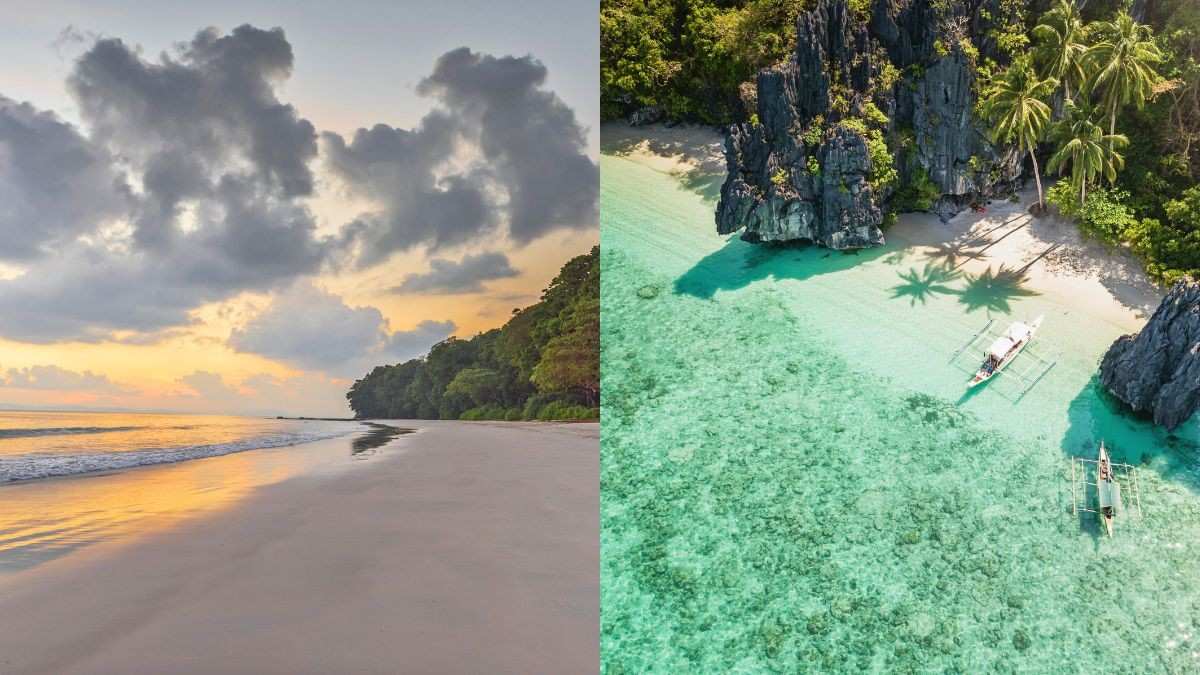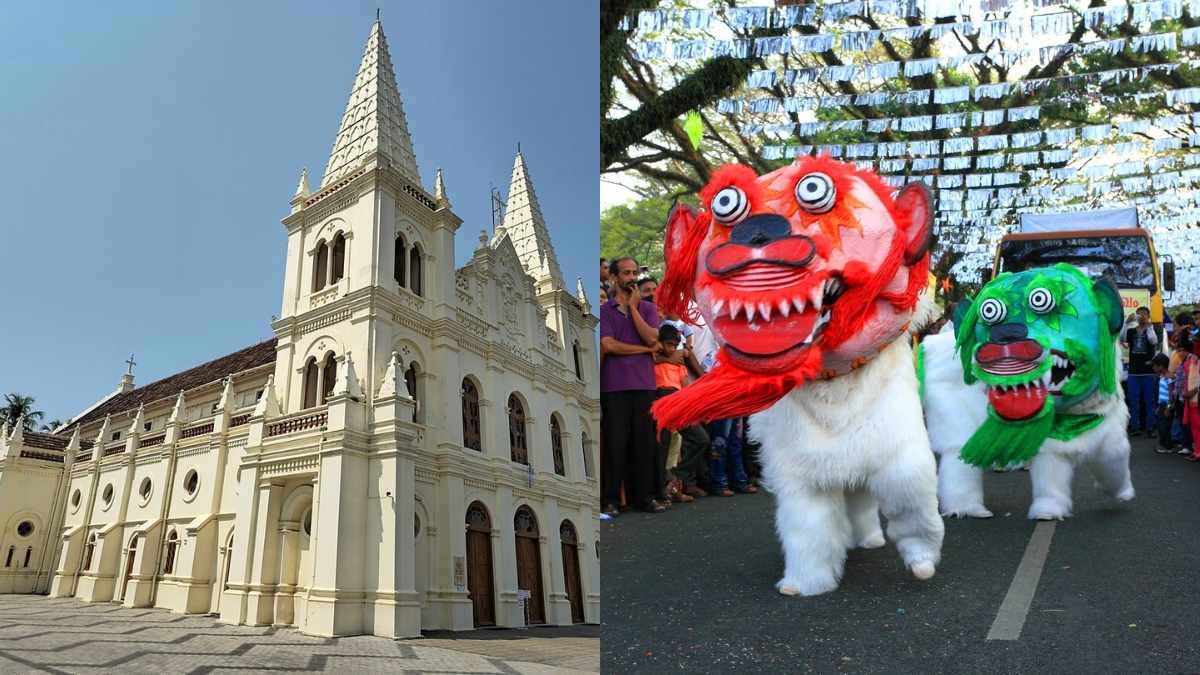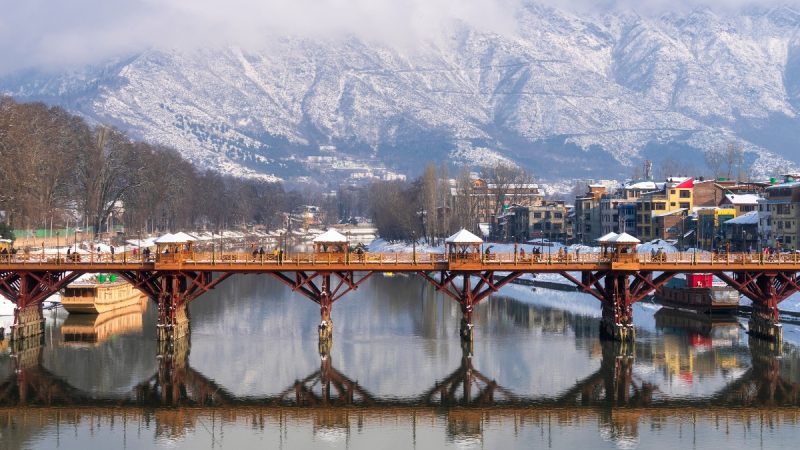Winter in Kashmir does not just come; it settles in with a ferocity that is hard to describe. Here, nature and life itself undergo a drastic change with the arrival of Chillai Kalan, a 40-day period of unrelenting cold. Every year, from December 21 to January 31, this 40-day stretch marks the harshest cold the region experiences, dropping the valley into freezing temperatures. It is during these forty days that Kashmir’s winter turns into a blisteringly cold, bone-chilling period.
What Is Kashmir’s Chillai Kalan?
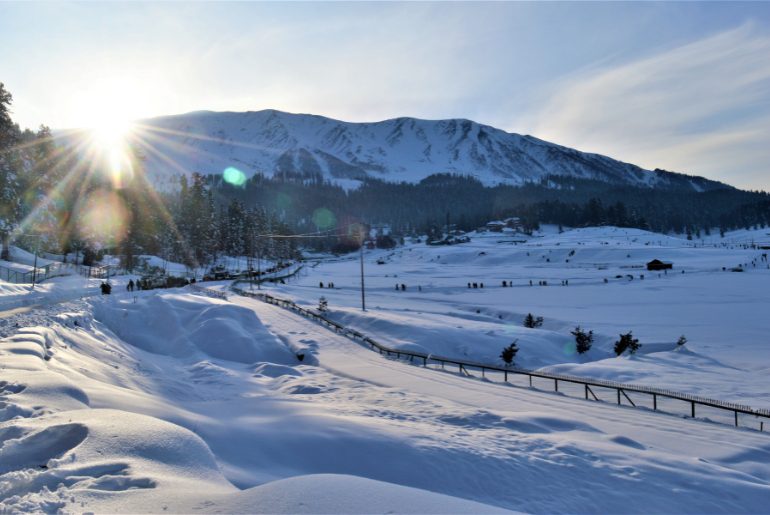
The term “Chillai Kalan” is derived from the Persian language, where “Chillai” refers to a “forty-day” period, and “Kalan” translates to “major” or “intense.” Interestingly, this tradition of a 40-day harsh climate is shared with Iran.
During Chillai Kalan, the valley’s temperatures drop quickly, and every day gets bone-chilling cold. Nights are especially harsh, often dipping well below the freezing point. During this time, the likelihood of snowfall is highest. The snow accumulates, freezes, and lasts longer, creating a frozen landscape.
This period is critical for the replenishment of glaciers and the perennial water reservoirs that supply Kashmir’s rivers, lakes, and streams throughout the year. This 40-day period is crucial because any snow that falls after Chillai Kalan does not last long.
Also Read: IRCTC Announces 6D/5N Assam & Meghalaya Tour Package Starting At ₹40,700; Details Inside
The Impact On Daily Life
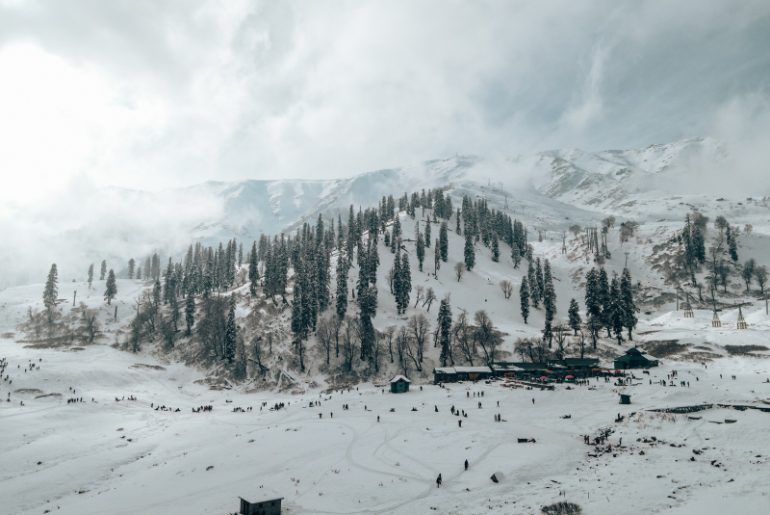
For Kashmiris, Chillai Kalan is both a challenge and a part of life. The intense cold impacts nearly every aspect of daily life. Traditional attire such as the pheran, a long woollen cloak, becomes essential for staying warm. A traditional firing pot, called a Kanger, is used to provide warmth in the coldest of times.
The extreme cold also has practical implications. Water pipes freeze over, making access to running water a challenge. Even the famous Dal Lake freezes during this period. In the past, the harshness of Chillai Kalan was embraced with rituals and customs. One such tradition was the preparation of Shebdeg. It is a festive dish cooked on the first day of Chillai Kalan. A fat duck would be prepared in an earthen vessel overnight as families gathered together to share this warming meal.
Kashmir’s winter is divided into three phases: Chillai Kalan (the 40-day harshest cold), Chillai Khurd (the small cold), and Chillai Bachha (the baby cold). After the intense Chillai Kalan, the 20-day Chillai Khurd period sets in from January 31 to February 18, and then the final phase, Chillai Bachha, takes place from February 19 to March 2. These later phases are comparatively milder but still cold enough to impact daily life.
Though the physical cold of Chillai Kalan may be numbing, it is also a time when the warmth of tradition and togetherness fill the hearts of the Kashmiri people.
Cover Image Courtesy: Canva
For more such snackable content, interesting discoveries and the latest updates on food, travel and experiences in your city, download the Curly Tales App. Download HERE. First Published: November 18, 2024 4:59 PM
